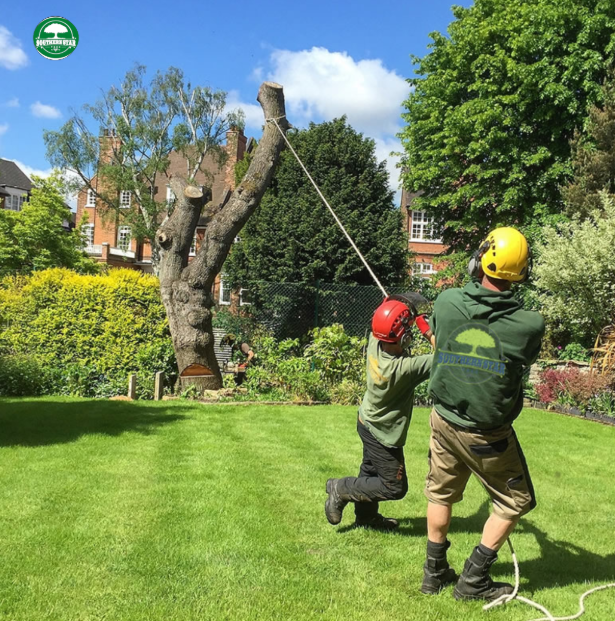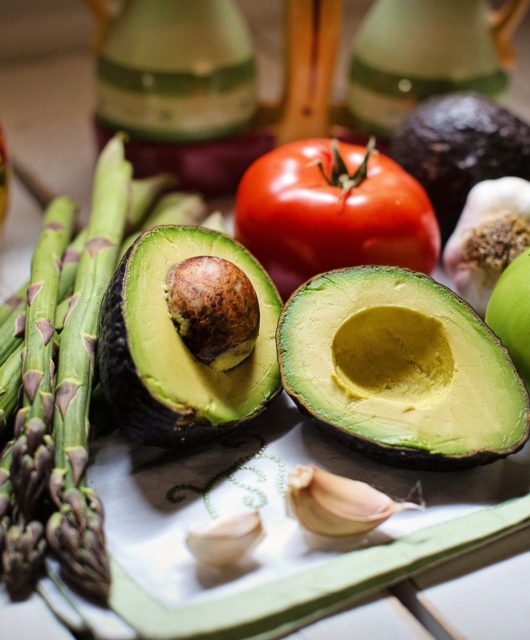How Do You Pick The Right Sapling?

If you’re keen enough, you may have seen a newly planted tree in a yard that seems to thrive, while another just a few houses down is clearly struggling to survive. The difference? It usually comes down to choosing the right sapling for the environment. Whether you’re planting for shade, beauty, or privacy, it’s important to select the right sapling for long-term success.
In today’s blog post, the team at Southern Star Tree Service provides practical tips on how to pick the right sapling. Our specialists have spent years offering professional tree services, including pruning, trimming, removal, and many more. We understand what goes into choosing the right sapling, and we are here to walk you through the process. When you need a reliable tree service in Sandy Springs, trust the specialists at Southern Star Tree Service.
1. Understand Your Local Climate and Soil Conditions
Before you head to the nursery, take time to understand your local climate zone and soil type. Some trees thrive in sandy and well-drained soils, while others prefer loamy earth. Temperature ranges, rainfall, and sunlight exposure all impact the survival and growth rate of young trees. Consult your local USDA Plant Hardiness Zone to help guide your selection.
2. Define Your Purpose for Planting
Are you planting for shade, aesthetics, fruit, or as a windbreak? Your purpose can greatly influence your choice. For instance, fast-growing trees like red maples and tulip poplars are excellent for shade, while dogwoods or flowering cherries add ornamental value. If you want fruit, consider space, sunlight, and pollination requirements.
3. Choose Native or Well-Adapted Species
Native trees tend to adapt more easily to local pests, climate patterns, and soil types. They require less maintenance and are more likely to thrive. An arborist or your local extension office can help you identify trees native to your region or recommend non-invasive species that are known to do well.
4. Inspect the Sapling’s Health
Look for straight and sturdy trunks without signs of damage, disease, or pests. Avoid saplings with root-bound containers or visible circling roots, as these can lead to future health problems. Ideally, choose a young tree that’s between 1–2 inches in trunk diameter with a healthy and balanced crown.
5. Consider Space and Growth Habit
Be realistic about how big the tree will get. That cute sapling could eventually spread 30 feet wide and tower over your home. Check the tree’s mature height and root spread to ensure it won’t interfere with buildings, sidewalks, power lines, or underground utilities. Also, consider its maintenance needs—some trees shed more than others or are prone to disease. This is why we recommend that you work with a trusted tree service in Sandy Springs when selecting saplings.
6. Consult a Tree Care Professional
If you’re unsure, talk to a top-rated tree service in Sandy Springs. Professionals like those at Southern Star Tree Service can evaluate your property and help you choose the right species and planting spot to ensure your investment grows strong and healthy.
Need Dependable Arborist Services? Call Southern Star Tree Service
If you’re looking for a reputable tree service in Sandy Springs, look no further than Southern Star Tree Service. Whether you need help with picking the right sapling or have a diseased tree that needs to be removed from your property, you can rely on our team to get the job done right. We have over 40 years of experience and a team of experienced arborists who are committed to providing reliable services. Moreover, we offer affordable services to ensure our customers receive top-quality tree care without breaking the bank.









